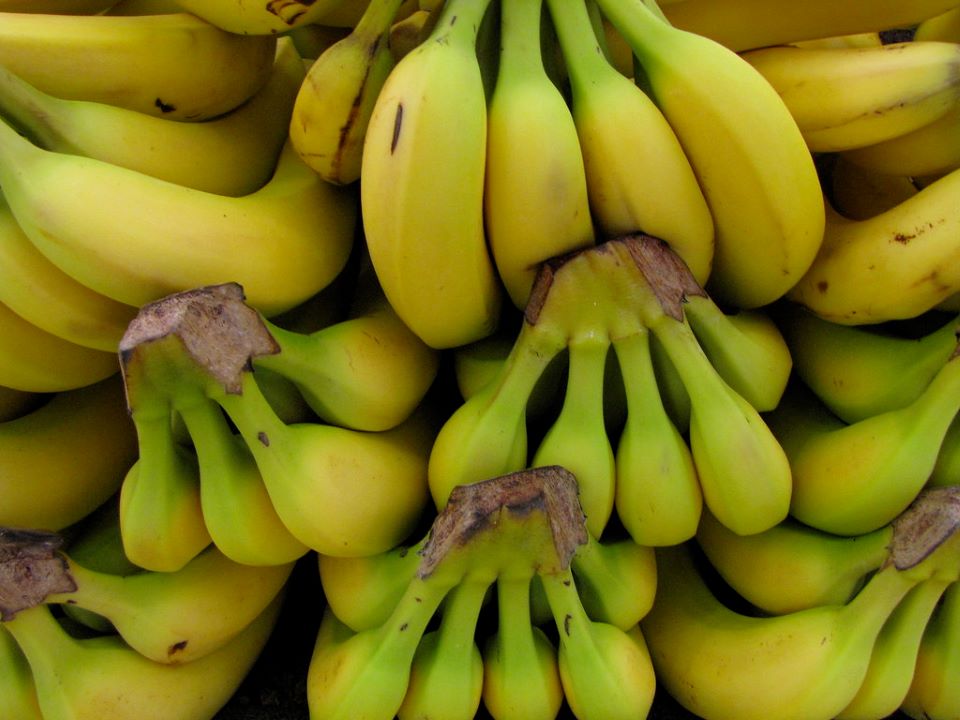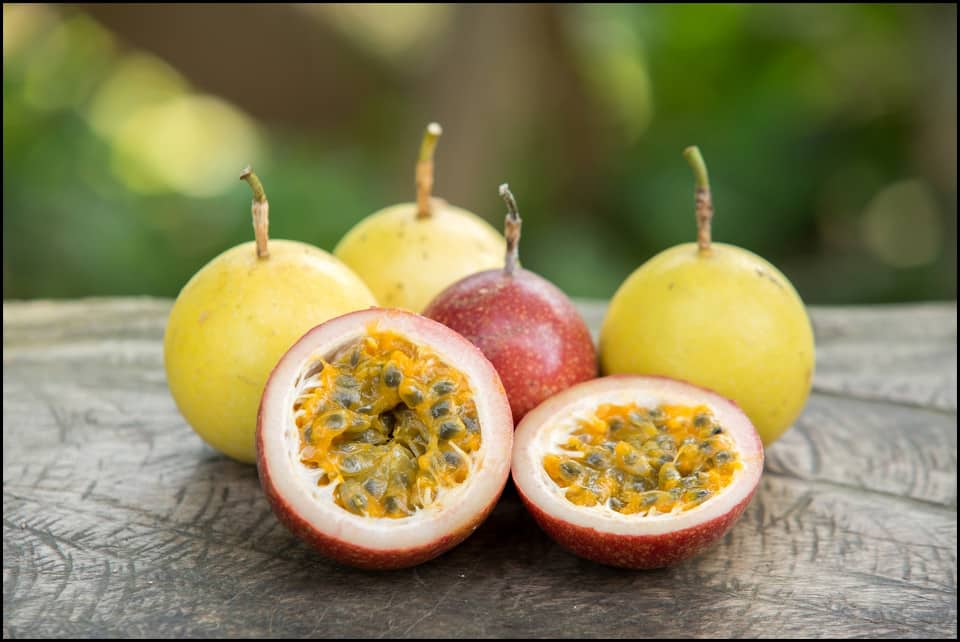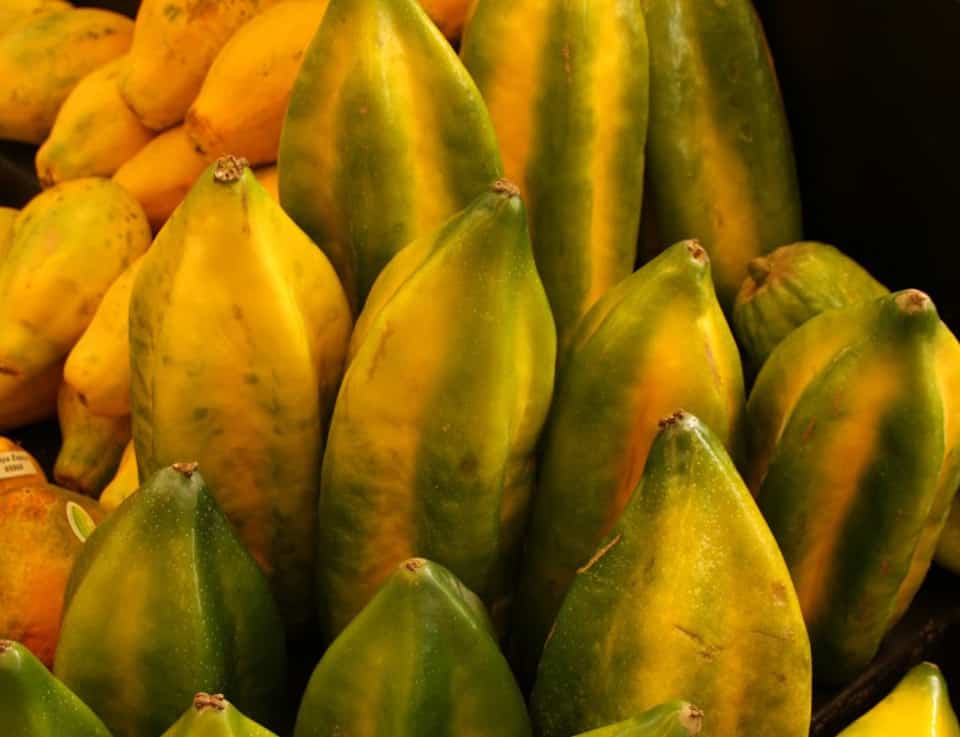Ecuador is a beautiful country located on the equator. Thanks to its tropical weather and the dramatic changes in altitude that are felt in such a small country, Ecuador is home to an enormous variety of tropical fruits that grow non-stop all year round. Because their bounty is so big, prices are very affordable and we can practically promise that you’ll go crazy with all the new tropical fruits that you’ll be able to try during your visit to Ecuador.
TALK TO A DESTINATION EXPERT

Diego Zapata

Rosa Mena

Sandy Lara

Diego Zapata

Rosa Mena

Sandy Lara
Where to Find Ecuadorian Tropical Fruits?
You can go ahead and explore the local markets, where fruit vendors will be happy to try and explain what fruits they have and what each one of them tastes like. Even if they don’t really speak English, they’ll do their best to explain. And if you still don’t understand, then you’ll just have to try the fruit and discover the wonderful taste for yourself! Trust us, you won’t be disappointed. If you are staying at Casa Gangotena during your stay in Quito or visiting the Enchanted Islands aboard an amazing Galapagos cruise, many of these fruits will be served and available during breakfast. Just ask your waiter in case there is a fruit you don’t recognize – they will be more than happy to give you a small explanation!
The following is a list of some of Ecuador’s most emblematic fruits. You will certainly recognize some while others might be entirely new names. Either way, we are sure you will discover a new favourite that you may just not ever manage to get enough of once you try it!

The Banana: The King of Ecuadorian Tropical Fruits
It’d be highly remiss to begin this list without first mentioning the world’s favorite fruit which is the banana. Because it just so happens that it’s one of Ecuador’s main exports. It is rich in potassium, magnesium, and vitamins B and C. You will be able to find it anywhere in Ecuador, but we recommend you buy them organically and directly at any local market, because they’re much more tasteful and sweet than the industrial bananas that are sold at supermarkets. You will find organic ones that are smaller and have dark patches, but more often than not these are perfectly fine on the inside once they’re peeled.
Sweet Granadilla & Passion Fruit
These two fruits are cousins, yet the latter is the one that may just ring a bell. Passion fruit is used as an artificial flavour in many products that vary from teas to candy, but the real fruit tastes quite different. In fact, passion fruit is very sour. That is why, in Ecuador, it is usually cooked, blended and sweetened to make a really fantastic juice. There are few who like to eat it directly as a proper fruit. On the other hand, the sweet granadilla is very sweet. It has the same composition and interior as the passion fruit – transparent, very juicy, and filled with small seeds – that makes it very easy to eat directly from the fruit itself. Many people who try it don’t like it at first because they end up biting these small seeds. The right way to do it, however, is to swallow the juice and then just swallow the seeds without biting them. It sounds weird, but it’s actually quite easy. Plus, it is very good for your digestion and they are both packed with vitamins A, B, C, E and K.


Javier Garcia

Eduardo Silva

Carolina Escobar
START PLANNING YOUR TRIP

Javier Garcia

Eduardo Silva

Carolina Escobar
Get in touch for more
CONTACT US
Babaco
Also called Mountain Papaya or Champagne Fruit, the Babaco is a relative of the papaya and is shaped like a football. It only grows in Ecuador, has a juicy interior and is usually eaten by Ecuadorians as a dessert. Because it is so sour, it is usually first chopped into cubes and then cooked with sugar and cinnamon. The result is a perfect combination of sweet and sour, with a soft texture that will surprise your palate. It is filled with antioxidants and vitamins A, C and E.



